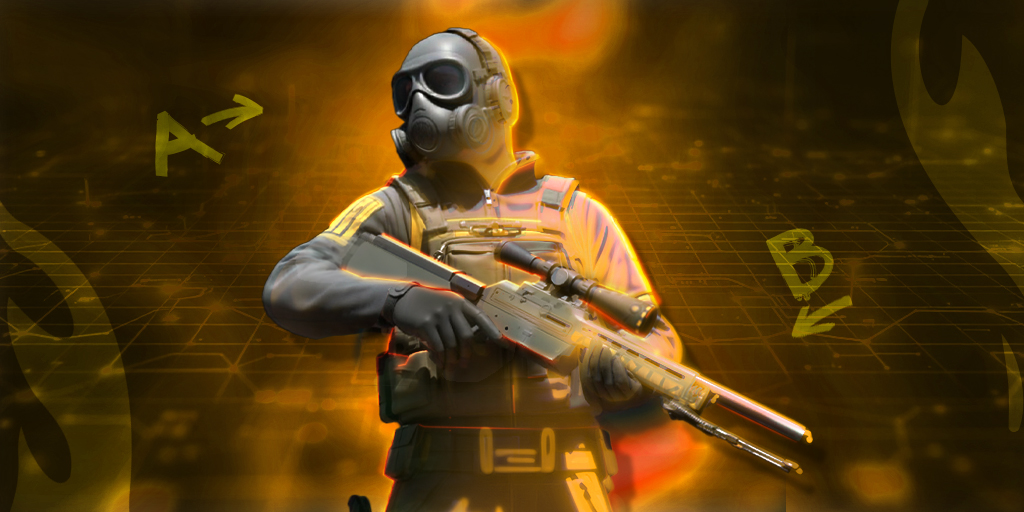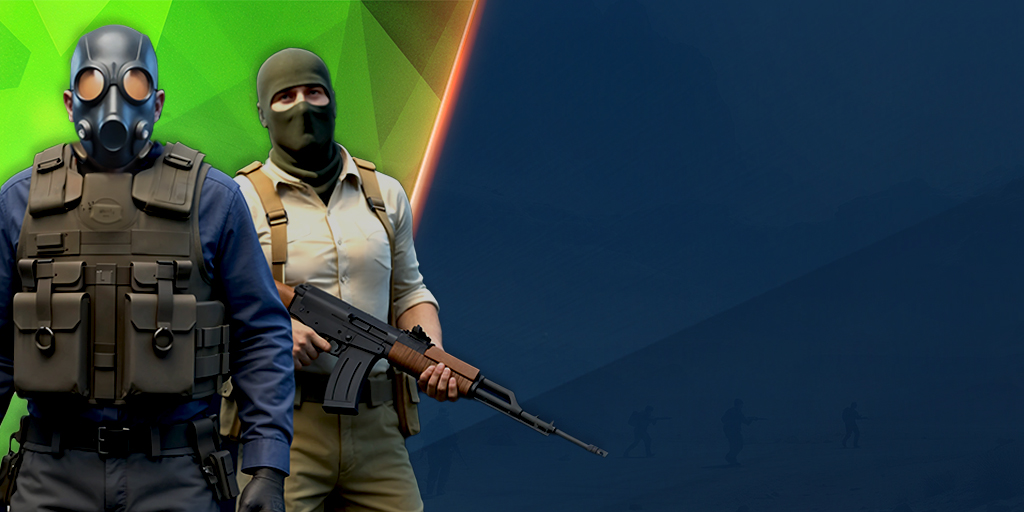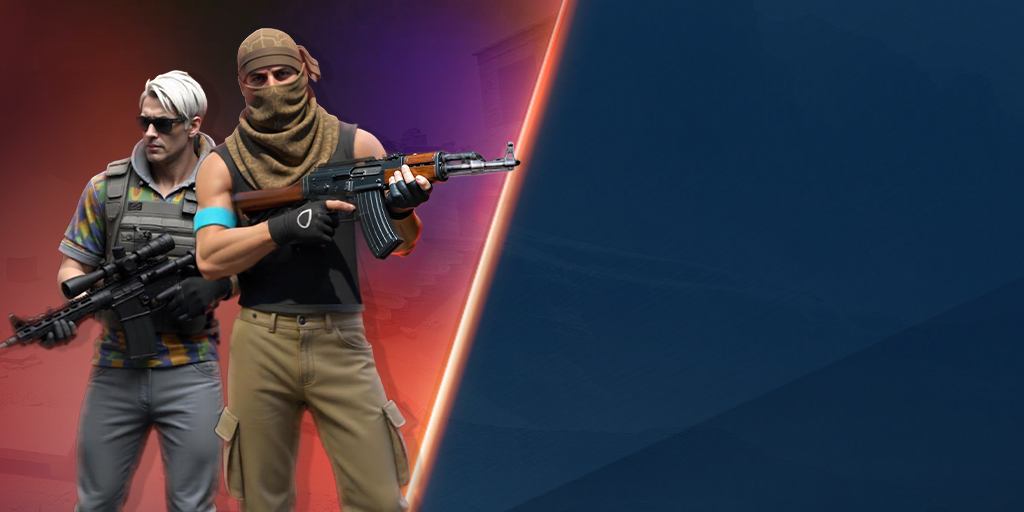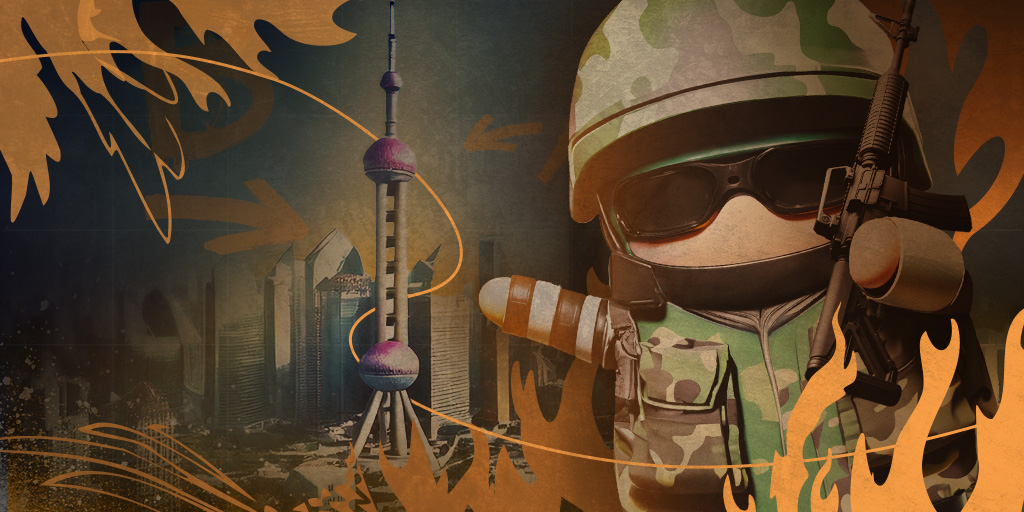There are currently seven maps in the Active Duty map pool – the most balanced and competitive maps that are used in all of Valve’s official events. If you want to make money from betting on CS2, knowledge of the different maps and the impact they can have on a match is crucial. Read this article to learn more.
Since mid-2014, the number of maps used in the competitive Counter-Strike: Global Offensive (CS:GO) Active Duty pool has never deviated from seven, but the actual maps do change from time to time. With the release of Counter-Strike 2 (CS2), the Active Duty map pool is yet to change from what we’ve been familiar with from CS:GO. The move to Source 2 has allowed for a lot of graphical and visual updates to these seven maps, as well as a few changes to how they operate. With the focus being on Premier Mode in Counter-Strike 2, old and new players will likely be exposed to more maps during their play sessions.
It has been just over a year since we last received a change to the map pool - this was in the same update as the one where we saw the AWP get nerfed from 10 bullets to five. Other than the usual suspects of Dust II and Office being playable in competitive modes and Deathmatch, Italy has made its return with an updated look and new textures. We're still hoping that exciting game modes such as Arms Race will be added to the game in future updates, and that players will be able to enjoy all game modes on these maps. Hopefully we will also see the return of classic Counter-Strike maps such as Cache and Train soon. Which map could be the next one that Valve will add to the Counter-Strike 2 Active Duty pool?
What maps are currently in CS2 Active Duty?
Despite largely being seen as Valve’s own maps now, the majority of the CS2 maps were originally not created by them and were in fact made by members of the community throughout Counter-Strike's history.
The main change for all maps in Counter-Strike 2, besides their visual upgrades, is the removal of the skybox. In the past, players would utilize the skybox to bounce grenades off of the invisible ceiling to clear out areas of the map. Due to this change, many maps have changed, calling for new utility lineups that no longer use this now outdated mechanic. With the addition of the new smoke physics and lighting textures across most maps, the Active Duty pool might feel new and refreshing to most players.
The Counter-Strike classics
These maps have been staples throughout the history of Counter-Strike, and their inclusion in the Active Duty pool has remained very much unchanged over the last few years
Inferno
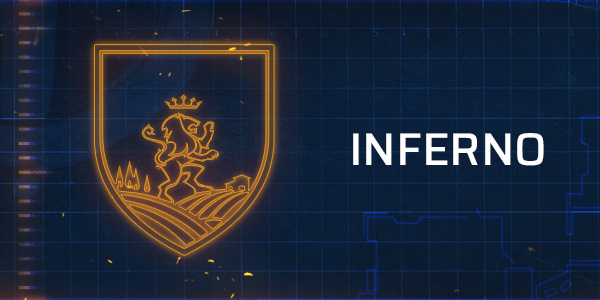
The original Inferno was set in a small town in the Basque country, with the revised version being located in Italy.
Inferno was originally built by Chris ‘Barney’ Auty and introduced in July of 1999 in Counter-Strike 1.1. The map was updated and changed over the following few years, including official upgrades in Counter-Strike: Condition Zero and Counter-Strike: Source. The CS:S version was very different from the original, as well as the Condition Zero one, which was set at night.
Valve decided that Inferno should be one of the Active Duty maps when CS:GO was released, and the map stayed the same except for visual changes. The map was re-skinned again in October 2016 with some gameplay adjustments. It got another major visual change with its release in Counter-Strike 2, and various aspects of the map have changed. Significant changes include adding roofs above Banana and the top of Mid, which stems from the skybox being removed, but we’ve also seen more spaces added to areas such as A Long. These add new angles for the T side to be aware of, but also change a lot of common positions and lineups a player would throw utility items from, especially when taking the new smoke physics into consideration.
Inferno sits very close to Vertigo as the least played map, with 298 plays in CS2**. Inferno has also been a staple map for some of the most dominant teams, and serves as a painful reminder for the players of 2016’s FaZe Clan that could have secured Nikola "NiKo" Kovač a Major title.
Overpass
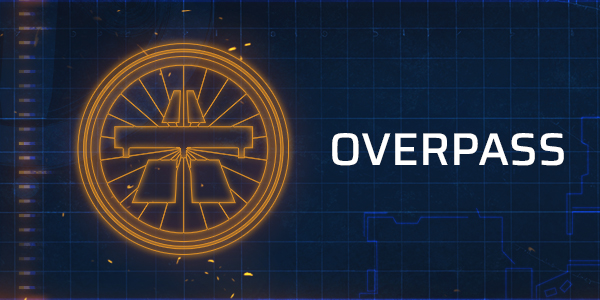
Overpass’ map setting is a canal overpass with a park built above it in Berlin, Germany.
Overpass has changed a lot since its creation. It has been one of the key maps that teams need to become dominant on to establish winning ways – as seen by Luminosity Gaming, SK Gaming and Astralis. It is also a map that has caused controversy due to the infamous “Olofboost” in 2014.
One change many players immediately noticed from CS:GO to CS2 is the Toilets location, which is situated on the way to A Site, but has now been converted into a train station. Whilst it doesn’t impact the way the map is played, it’s a nice addition in the updated version.
Although the map can be quite CT-sided, it also is one of the most diverse maps in the pool. The T and CT sides both have a lot of different ways to play the map, with an incredibly large number of different strategies being viable.
One critique of the map is the amount of ambient noise. There are trains that pass by every so often and noise in the Bathrooms as well. The map also had some serious design faults that professional teams were able to discover, but a majority of these have been fixed over the years.
- Read: CS2 Predictions
Nuke
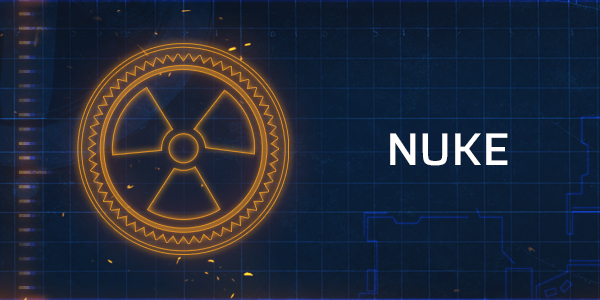
Originally set in Germany, the new version of Nuke is based at a nuclear power plant in an unnamed town in America.
Nuke was originally created by Jo Bieg and was added to Counter-Strike in 1999 after the rights to the map were purchased by Valve. The map has been changed many times over the course of the various different games, although the general layout has remained almost the same. Known for its incredibly hard T side, it is still one of the most popular maps.
Nuke was removed from the Active Duty map pool in March 2015 and was not added back into the game until Operation Wildfire in February 2016 (it was added to the map pool shortly after). The revamped version is entirely different graphically, but almost the same gameplay-wise, which disappointed a lot of players and fans. These graphical changes have once again changed going into CS2 with new lighting, with the map staying almost the same in terms of gameplay.
The map is still the most CT-sided of all Active Duty maps, seeing 53.7%* rounds won by the CT side in CS2**. T side has improved over the years with teams like Astralis dominating the map. In 2015, Nuke saw T side win only 32.9%* of rounds, whilst in CS2, this figure has increased to 46.3%**.
The main issue for Nuke overall is the layout. It is incredibly difficult for new players to understand noise cues that identify which bombsite the enemy team are on. This is because the two bombsites on Nuke are stacked above each other.
Nuke being heavily CT-sided hasn’t stopped it from solidifying its place in the map pool, sitting comfortably in the middle with 355 plays in CS2**. It has seen many changes during its time in and out of the Active Duty map pool, and it seems to be the map played by the current most dominant teams. It was a staple pick during the era of Astralis and a current pick for FaZe Clan and NAVI.
Mirage
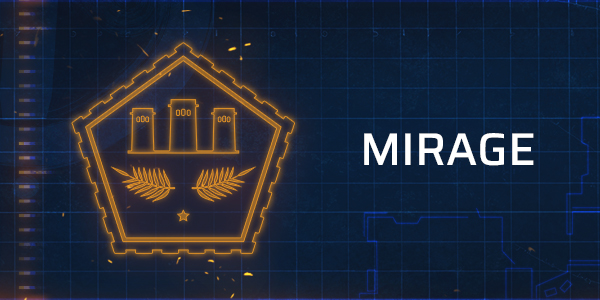
The action on Mirage takes place in a small town, rumored to be somewhere in Morocco.
Mirage was first developed by Michael ‘BubkeZ’ Hüll specifically for the Cyberathlete Professional League (CPL) all the way back in 2004, and was originally called de_cpl_strike. In 2010, he released Mirage for CS 1.6 and the map was an instant hit.
After CS:GO was released, Valve decided to remake the map and add it to the Active Duty map pool, changing the textures of the map and a few gameplay aspects as well.
Mirage, whilst being one of the most vocally disliked maps by fans, sits comfortably as the third most picked map in Counter-Strike 2**. There are tons of ways to play the map on both the T and CT side, so no two games will be exactly the same, and the styles of both teams and how they play becomes incredibly apparent on this map.
The map is one of the more balanced in the map pool (something that has happened steadily over time as the game has changed). At the Majors in 2014, teams were winning on average 57.2%* of the rounds on the CT side, which dropped off to 52.4%* in 2018. This downward trend has continued into CS2 with the CT side now winning 51.7%* of rounds**.
Most recent additions to the Counter-Strike 2 map pool
The following maps are relatively recent additions to the Active Duty pool.
Vertigo
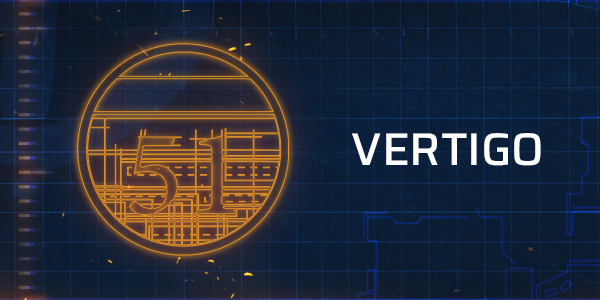
Vertigo sees teams face off on the top two floors of an under-construction skyscraper.
Another of Chris ‘Barney’ Auty’s creations, the map made its first appearance in the Counter-Strike series in March 2001 with the release of the 1.1 version of the original game. For many in the community, the map was seen as more of a non-competitive map. However, this all changed in March 2019, when a reworked version of the map was added to the competitive pool in place of former staple Cache.
Vertigo was the first new map to join the CS:GO map pool since mid-2014, although this isn’t the latest map added to the game. Since its release, Vertigo has continued to undergo many changes to try and flip the way the map is played. Even with all its changes, Vertigo is still a niche pick, being the least played map in Counter-Strike 2 so far. The changes in CS2 have skewed the win rate in favour of T side, seeing the map become 54.1%** T-sided.
The general consensus on Vertigo is that it’s unpopular in professional play. This is easily seen from how little it is picked, so it could be on the chopping block as the next map to be removed from the Active Duty pool.
Ancient

An archaeological site located somewhere in central America, Ancient has a very distinct green color present across the entire map.
Ancient came into CS:GO as part of the Operation Broken Fang update on December 3, 2020. Less than six months later it replaced Train in the Active Duty map pool. In Counter-Strike 2, Ancient has been played 595** times, making it the most played map in the Active Duty pool. This map has grown massively in popularity, beating the second most played map by over 100** times played!
Ancient plays as a very open map on bombsites, but remains quite dense when entering any building or one of the many caves or temples. This map has undergone multiple changes to try and fix issues with the open sites, but many of the changes from CS:GO to CS2 were visual with improved graphics. The map is balanced at a 50%** win rate for both sides.
Anubis
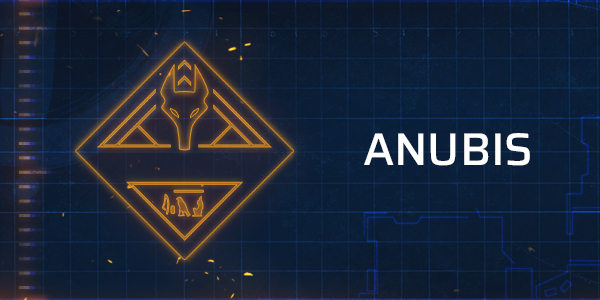
The action on Anubis is believed to take place somewhere in Eygpt, however this isn't entirely clear.
Anubis was originally created by players 'Roald', 'jakuza' and 'jd40', and first found its way into the game on March 31st, 2020. Anubis joined Valve's "scrimmage mode", a game mode in which rank wouldn't be effected by wins or losses. This game mode came into the game with other maps, such as Chlorine. It took only 10 days for the map to be moved into the game’s Competitive Mode, which allowed for more recognition of the map.
A year later, Anubis was removed from the game, only to be re-added in 2022. After the IEM Rio Major 2022, many were asking for a new map to be introduced into the pool, so in November 2022, Dust II was replaced in the Active Duty pool. This makes it the most recent addition to the map pool.
It currently sits as the second most played map with 473 plays in CS2**. What’s most surprising about Anubis is just how T-sided it is, sitting at a 56.6%** T side win rate. Due to it being just over a year old, teams are still yet to nail how this map should be played.
*Numbers sourced from HTLV.org
**As of November 30, 2023.


